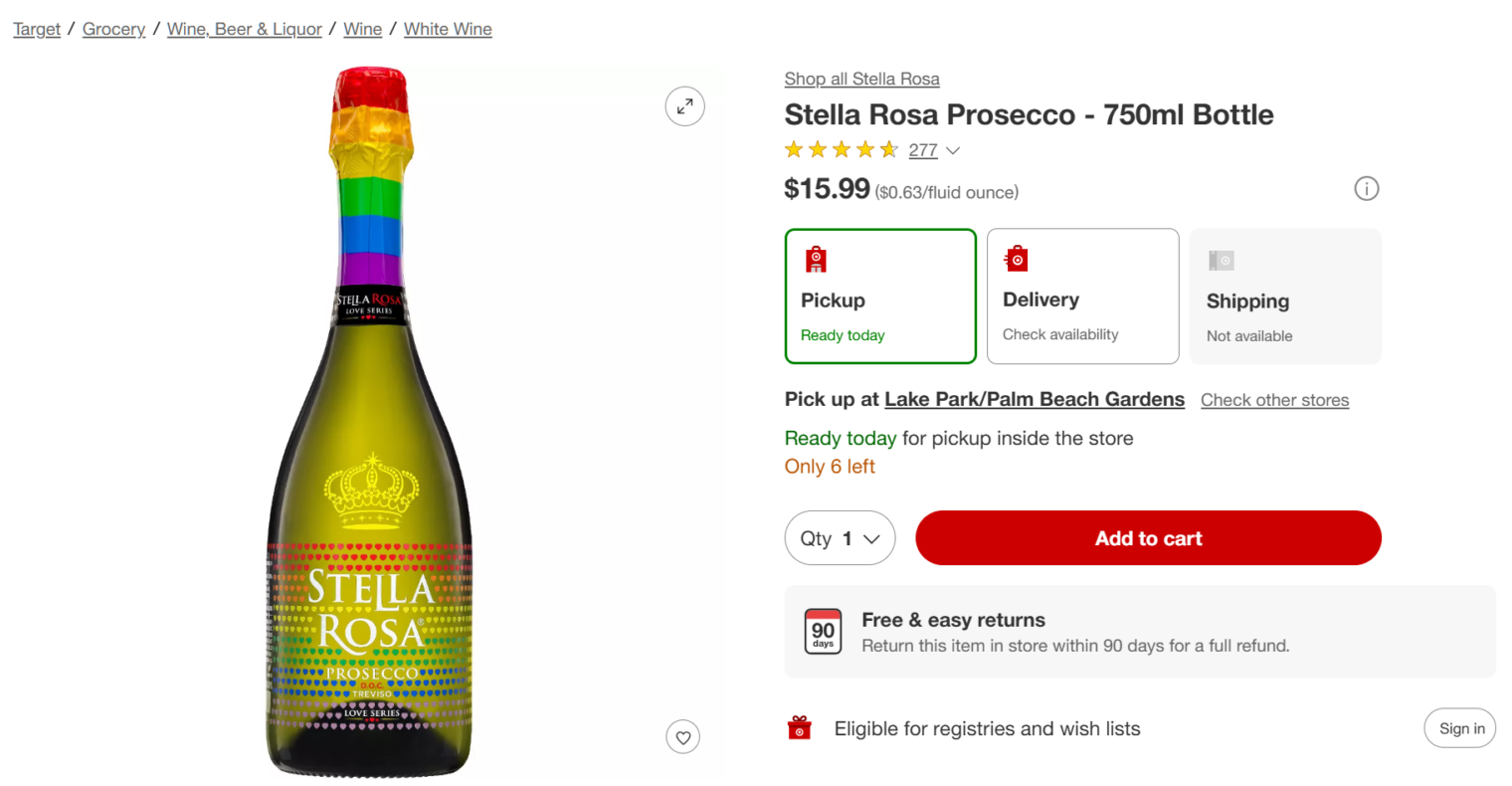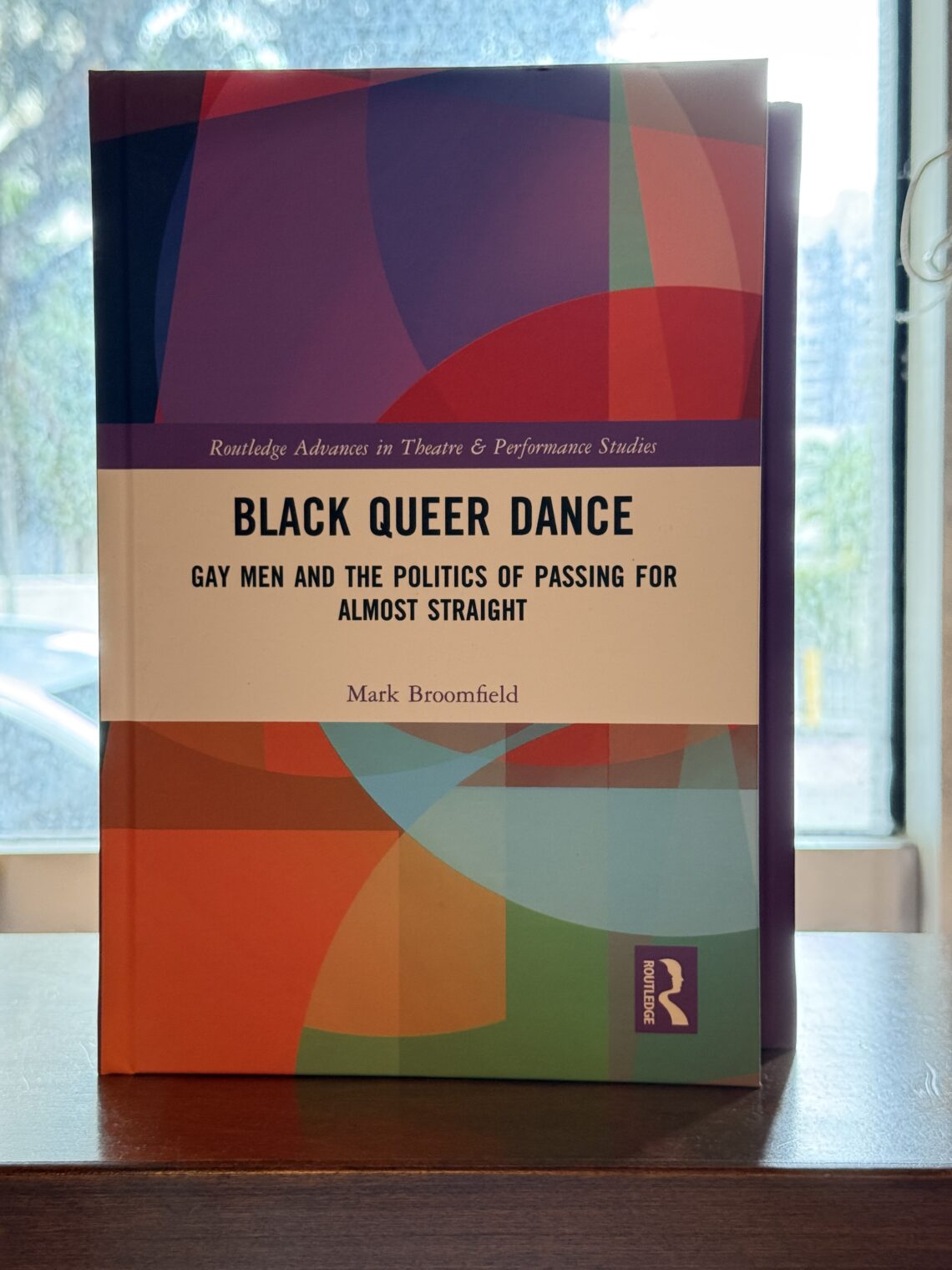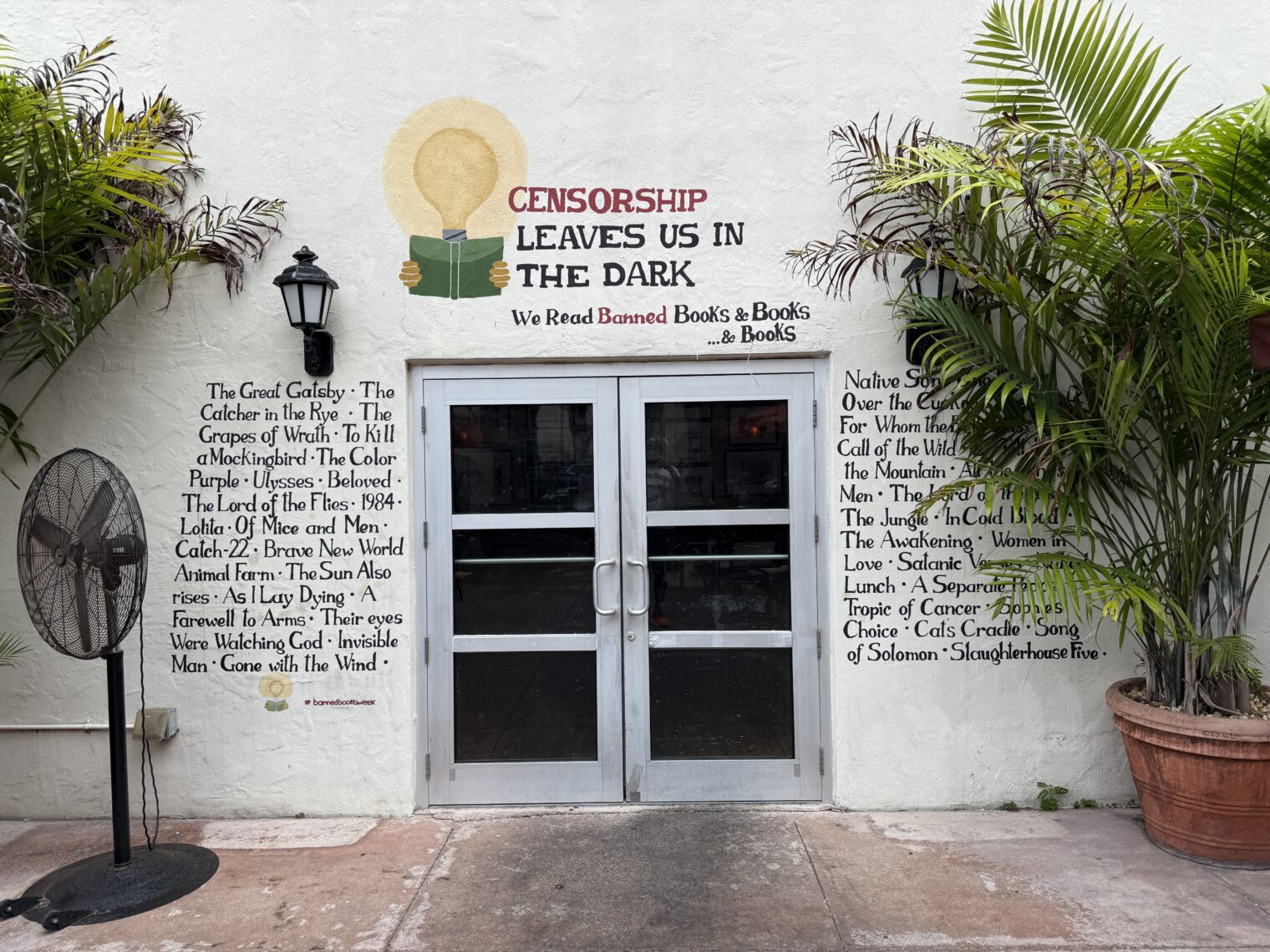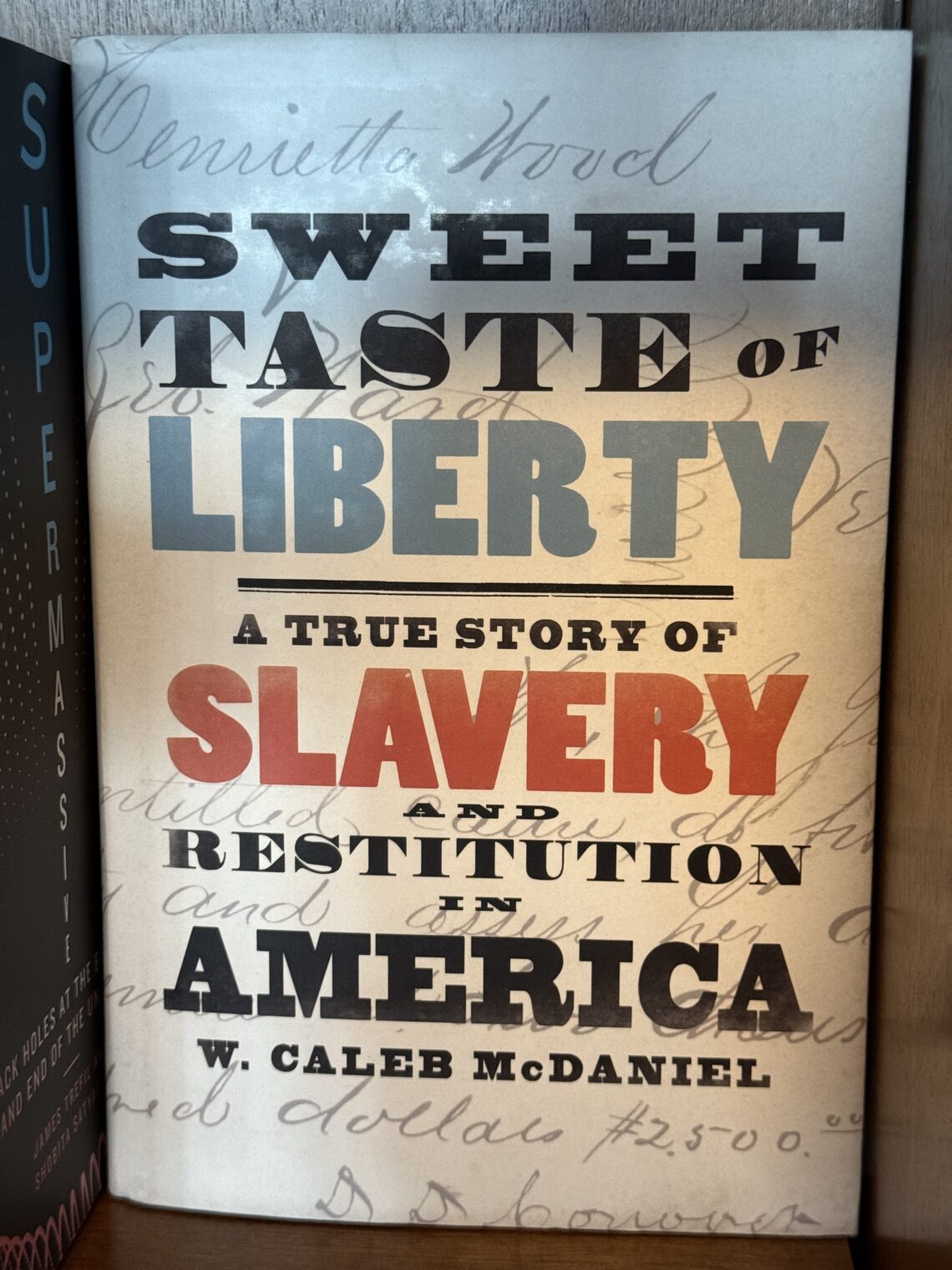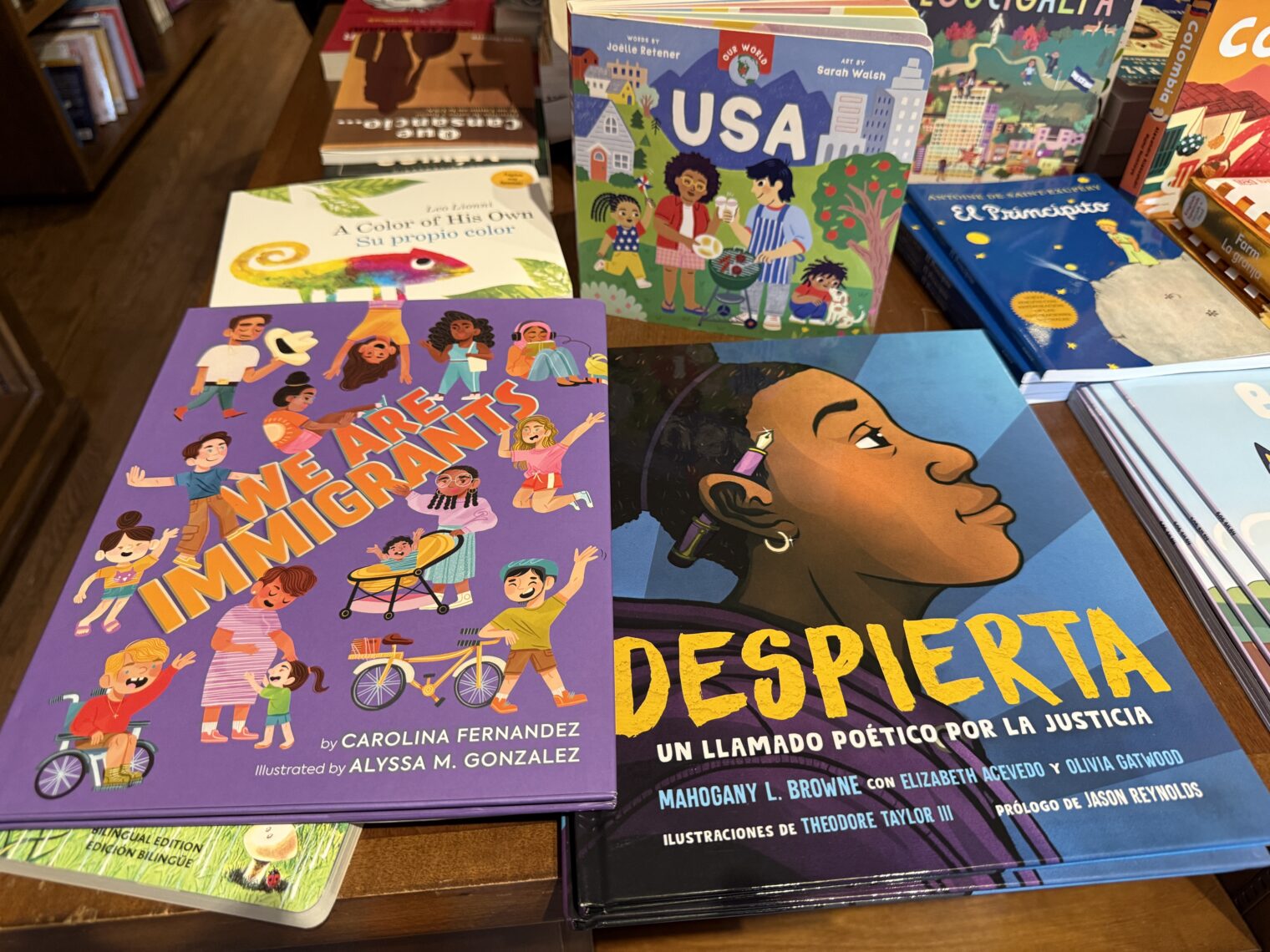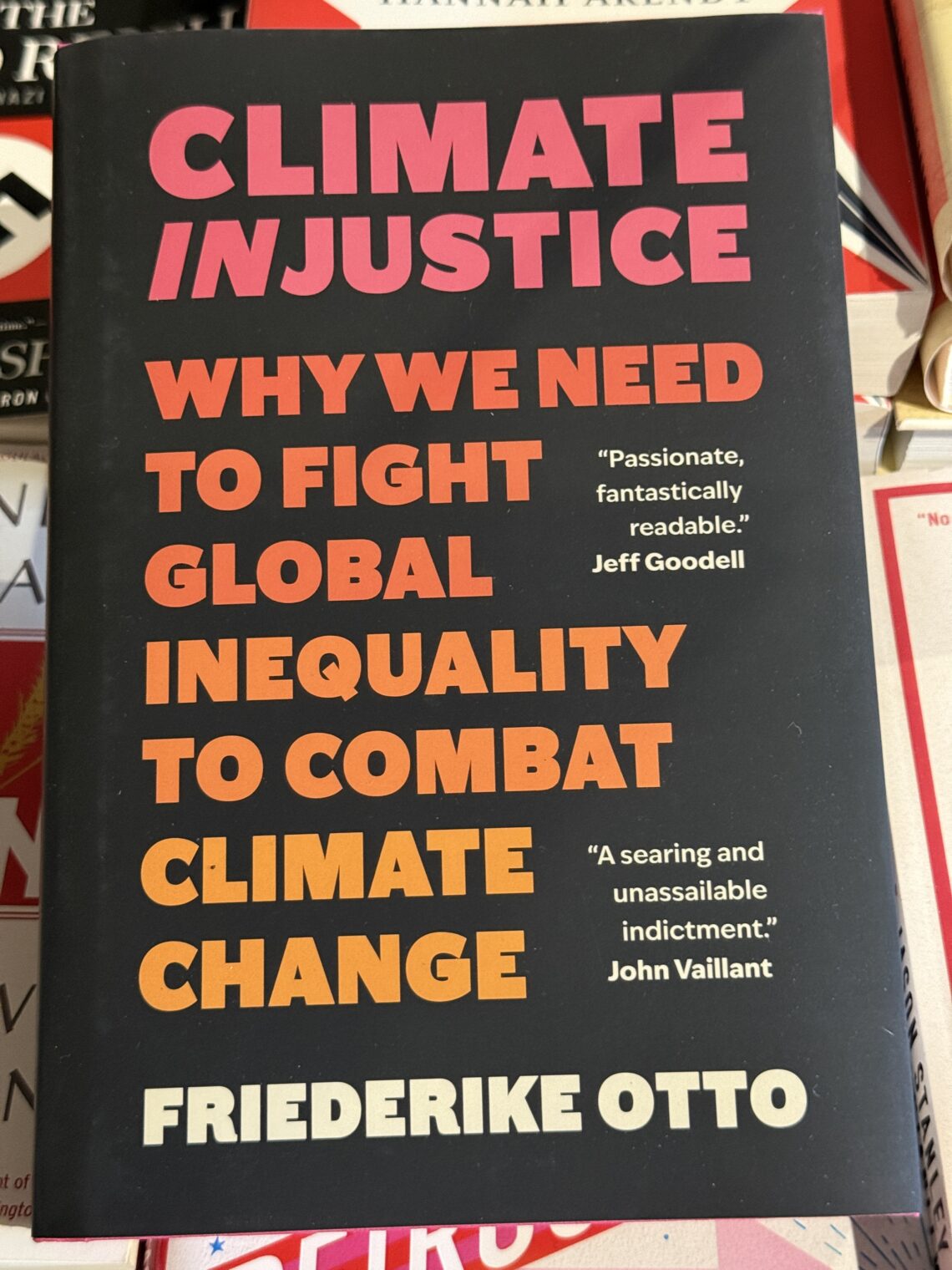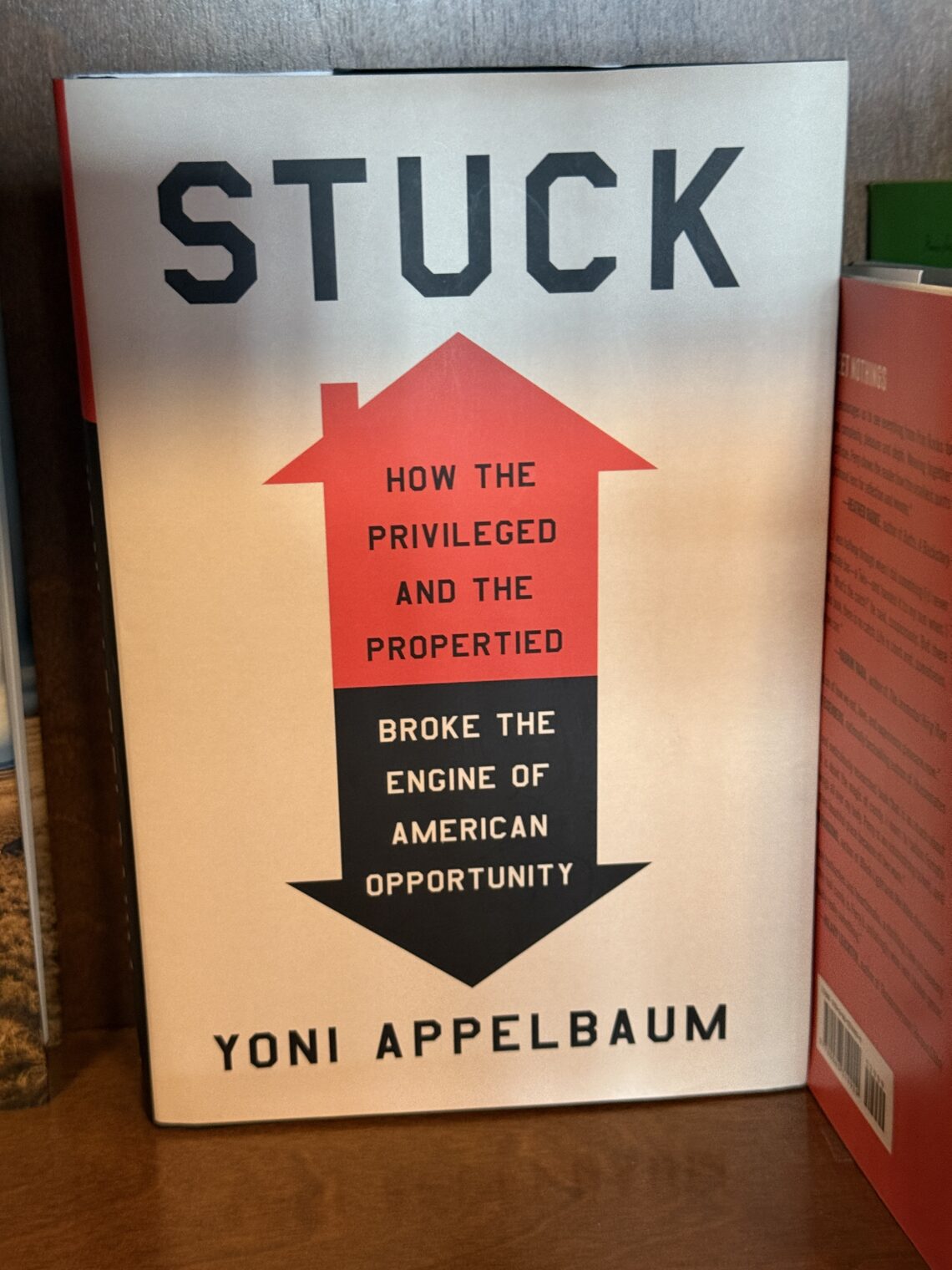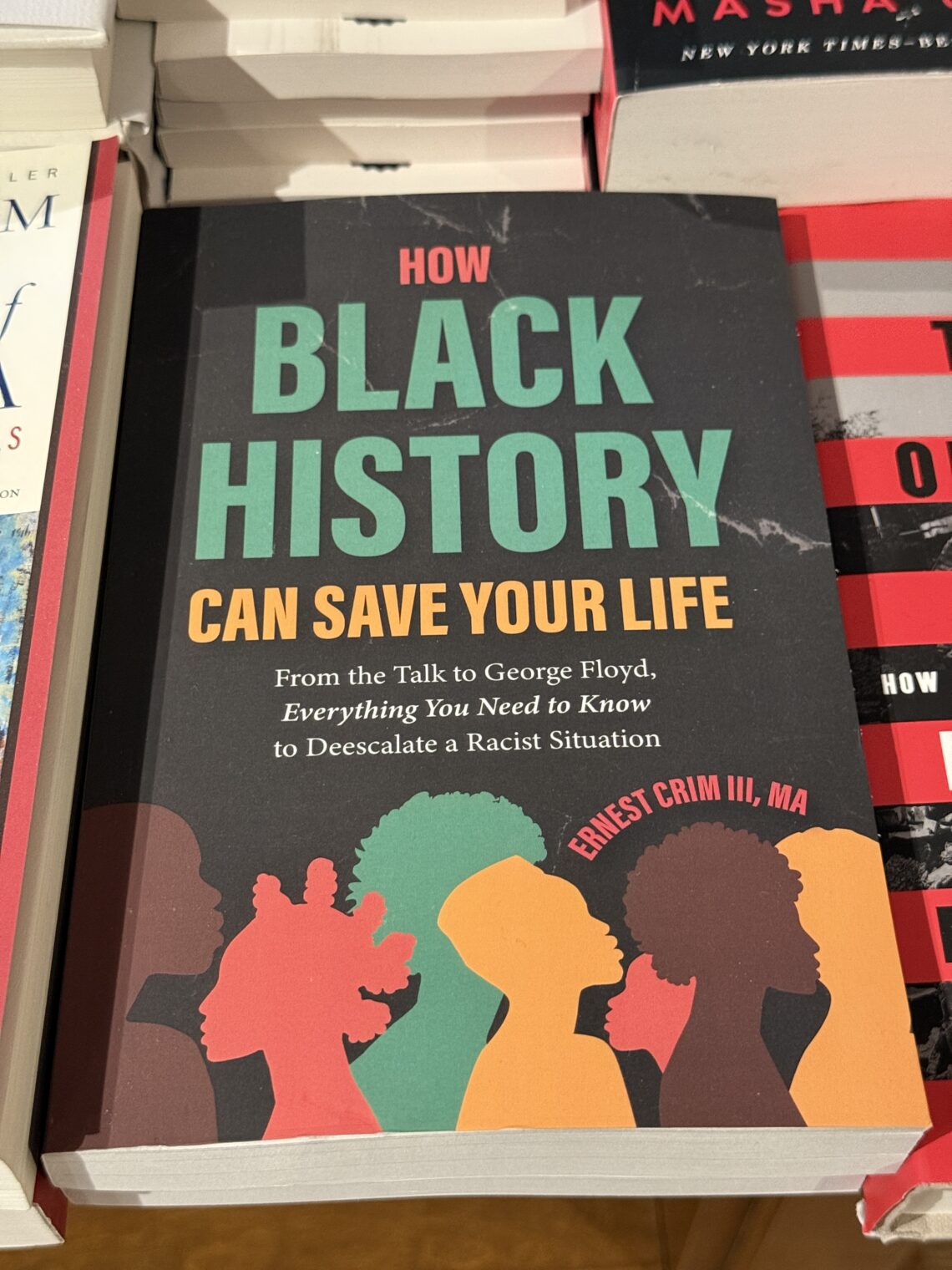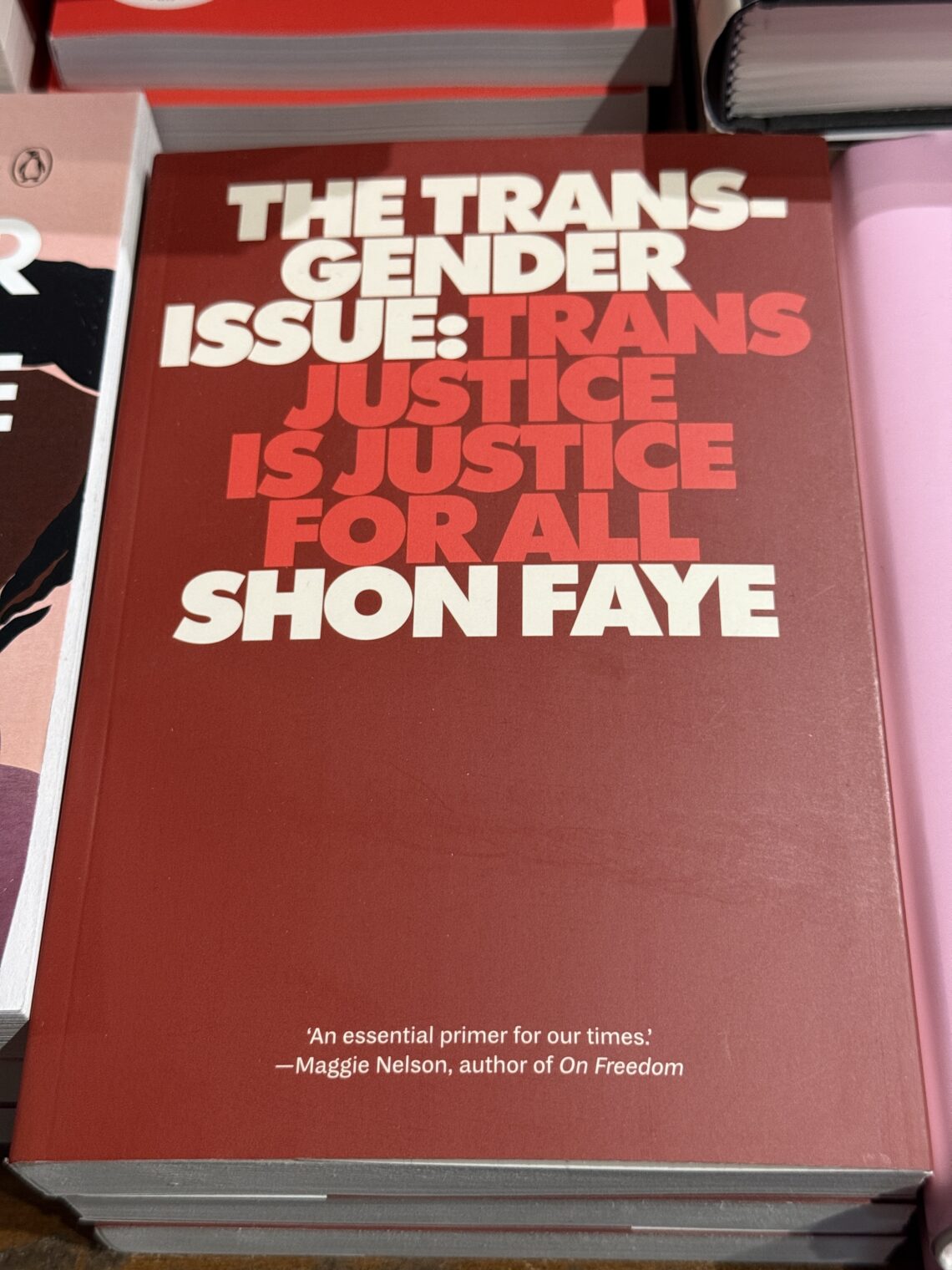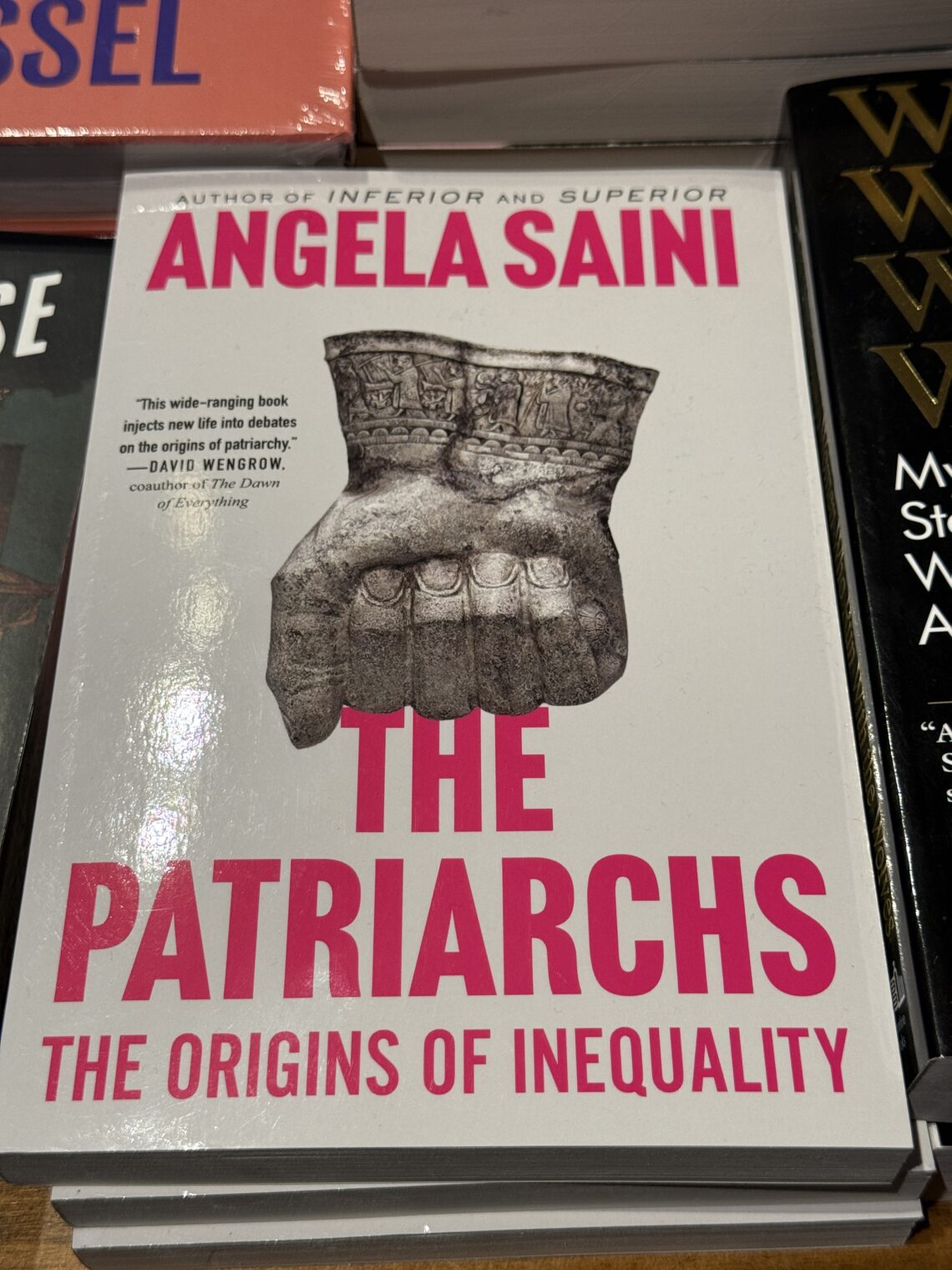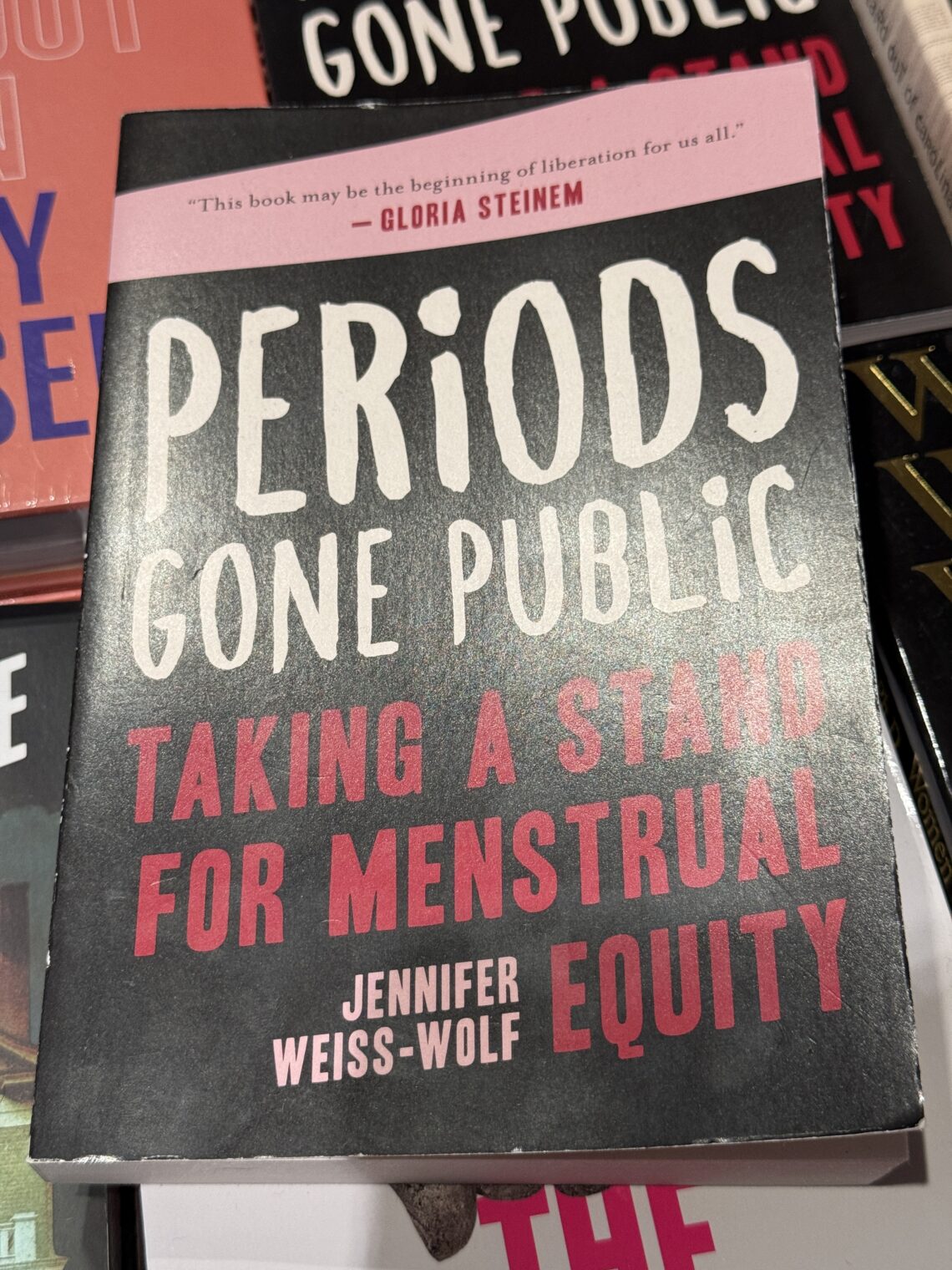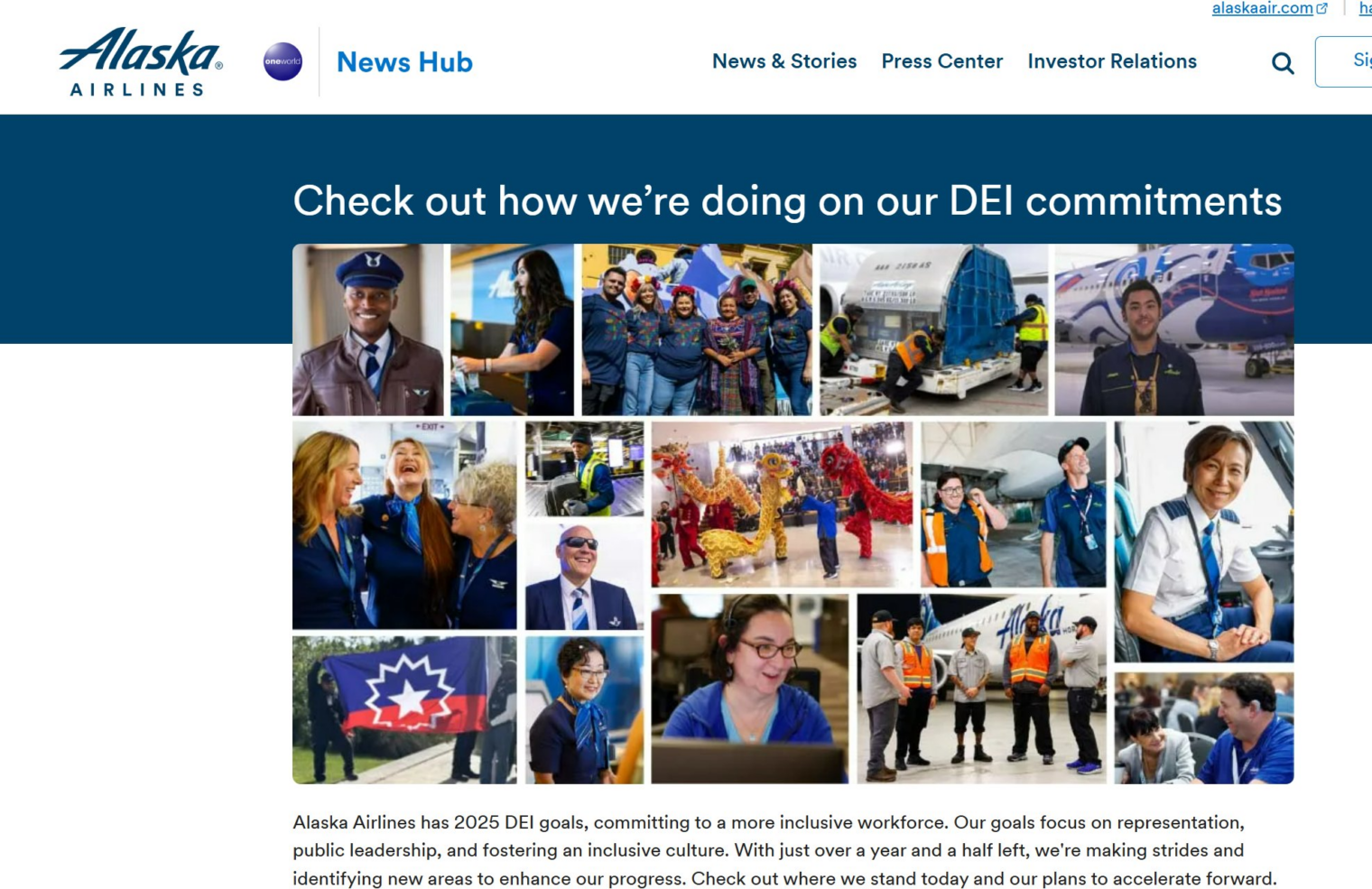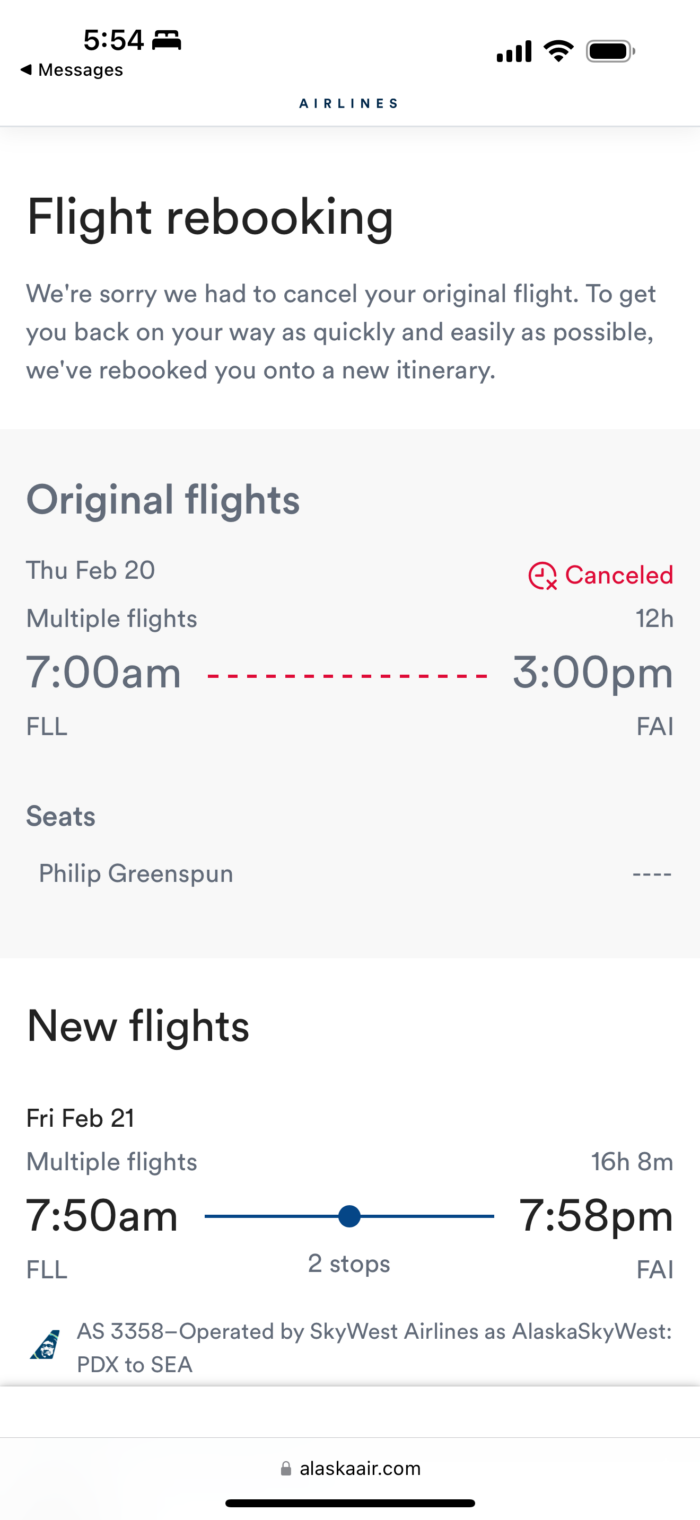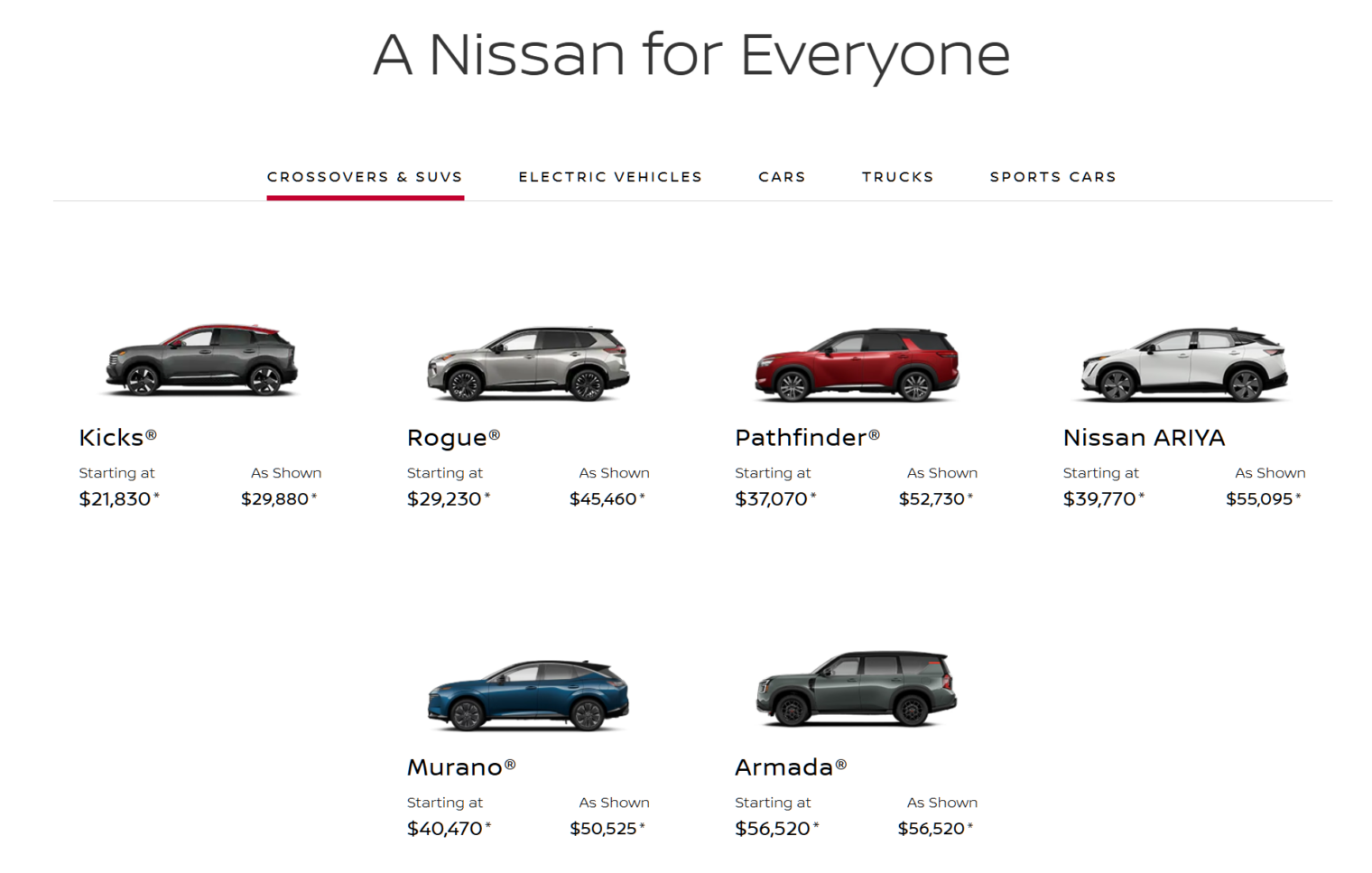I’ve written about this repeatedly based on my interactions with old people… the U.S. desperately needs a simple-to-establish bank account, with associated credit card, that can be supervised by a second person. This would be useful for some young people, but it would be primarily for the elderly to prevent them from being cheated out of their savings and Social Security. The idea is that they could enter into small transactions at reliable merchants without restriction, but if they try to buy something over a threshold amount or transfer funds over a threshold, an Account Protector’s approval is sought, e.g., via text message “Grandma is trying to pay $700 for diet pills advertised online. Press 1 to approve.”
‘Gold Grifters’: Inside the growing scam using couriers to pick up gold bars from victims is a recent ABC story:
Kris Owen, a 79-year-old Vietnam veteran, had planned to spend his golden years in Indiana with his wife, Karen. They wanted to spend more time with his son and travel the world together.
Owen received a pop-up message on his computer in 2023 saying that his personal information was compromised — and was told to call a phone number.
When he did, an individual posing as a federal agent said they would safeguard his money and instructed him to convert some of his savings into gold bars, Owen told ABC News. After weeks of communications and after receiving what he thought was a letter from the FBI, Owen purchased $80,000 worth of gold bars.
“They told me to wrap it in a box … with Christmas wrap paper,” Owen said.
He then took his gold to a grocery store parking lot near his house, he said, expecting to hand it over to a federal agent so the gold could be kept in a secure location. A car soon pulled up next to Owen and he placed the gold in the back seat before the driver took off.
The FBI and a local Indiana police department had Owen go undercover to try to catch an individual who was supposed to receive $50,000 from him. Owen, wearing a wire, met with the individual at a parking lot and placed a box with fake cash in the individual’s back seat.
Law enforcement followed the individual, who they later identified as Abdul Mohammed, and took him in for questioning. He was charged by federal prosecutors with conspiracy to commit wire fraud and two counts of wire fraud.
Mohammed, who later fled the country, was a courier — an individual recruited to pick up gold bars or cash from victims, according to law enforcement officials.
(Our government tortures airlines and private pilots with APIS and eAPIS manifests of who is on every outbound flight and all passengers’ passport details and yet Abdul Mohammed was able to easily leave after being arrested, charged, and then released by our revolving door justice system?)
In an exclusive phone interview, ABC News spoke to a suspected courier from jail as he faces charges in two states for his alleged involvement in gold bar schemes.
Yash Shah, 27, who was originally charged with multiple felonies in 2023 related to the scam, claims he does not know where the gold is going. He pleaded guilty and was sentenced to five years probation, but he was arrested again last November for his alleged involvement in a Maryland case. He is currently being held without bond in a New York detention facility.
“I’m not a criminal or anything like that,” Shah told ABC News. “I’m just a normal person. They [were] just saying … if you wanna make a little more money, you have to go pick up the package, and you have to just drop it over there. That’s it.”
Shah claims he was hired by someone from India and was paid between $800 and $4,000 to pick up packages, some which contained gold bars. His attorney, Nicholas Ramcharitar, said Shah took between five and 10 trips traveling all over the Northeast as a courier.
Mr. Shah wasn’t suspicious when offered 50X what UPS charges for the same service because… he is not a criminal?
What’s the LLM angle?
“These tech support pop-ups that initiate the whole scam emanate from a call center in India,” Delzotto said. “So we have a lot of focus on India with [a lot of] these illegitimate call centers.”
LLMs will be a lot more successful at fooling us than Indian humans (they still say “the reason of my call” instead of “the reason for my call”), so the bleeding out of American wealth to scammers around the world is likely to intensify. Right now our banking system has only two modes: (1) you’re a fully capable adult who can distinguish Agent Abdul Mohammed from a real FBI agent, (2) you’re a mental vegetable who can’t buy socks at Amazon and all of your money is held in trust and the bank takes instructions from the trustee(s). But a typical 79-year-old doesn’t fit well into either of these modes. He/she/ze/they is, one hopes, nearly capable of Mode 1 banking, but some kind of second signature or text message approval or something should be required before $80,000 is withdrawn.
Related, a March 2024 New Yorker story:
Full post, including comments 